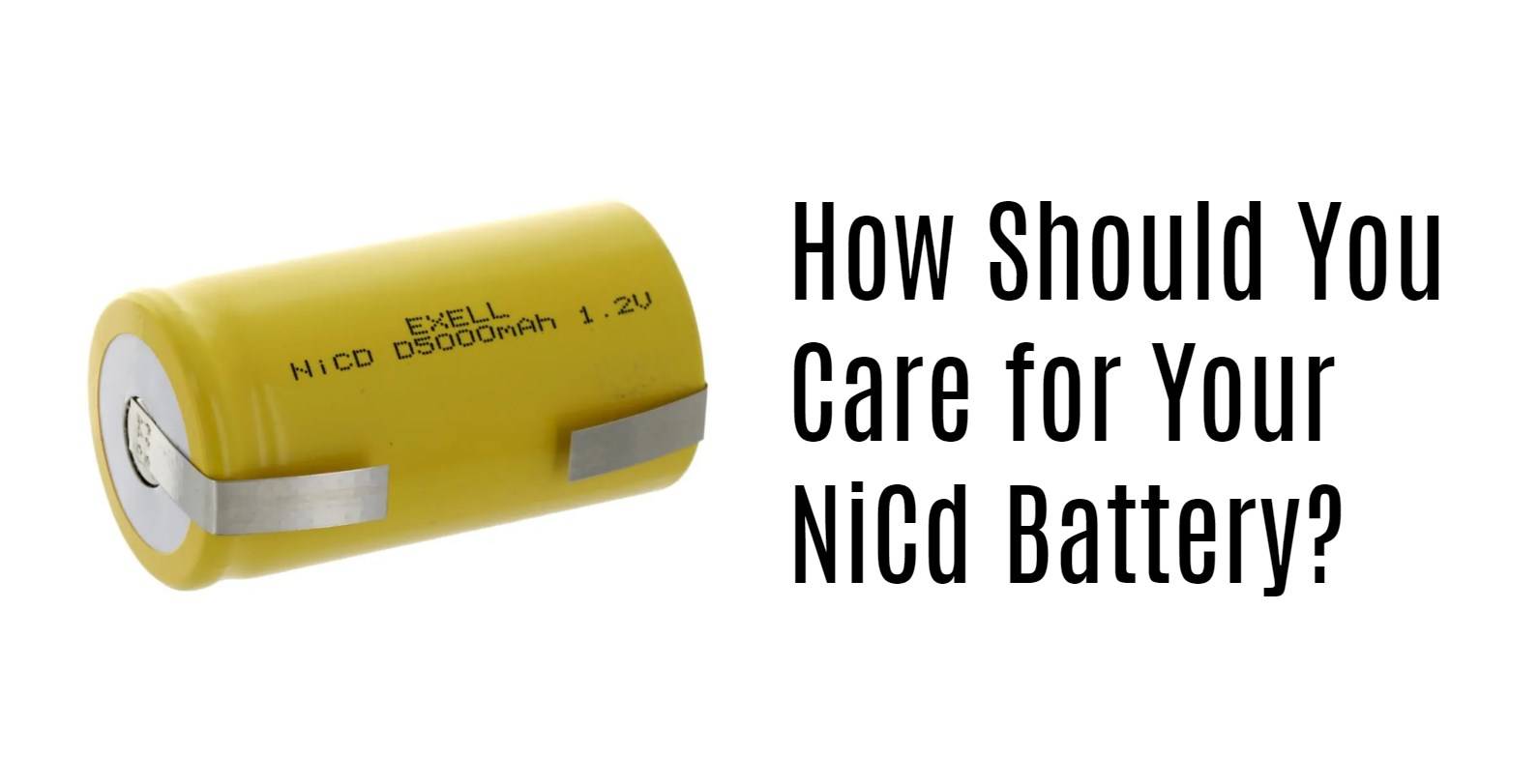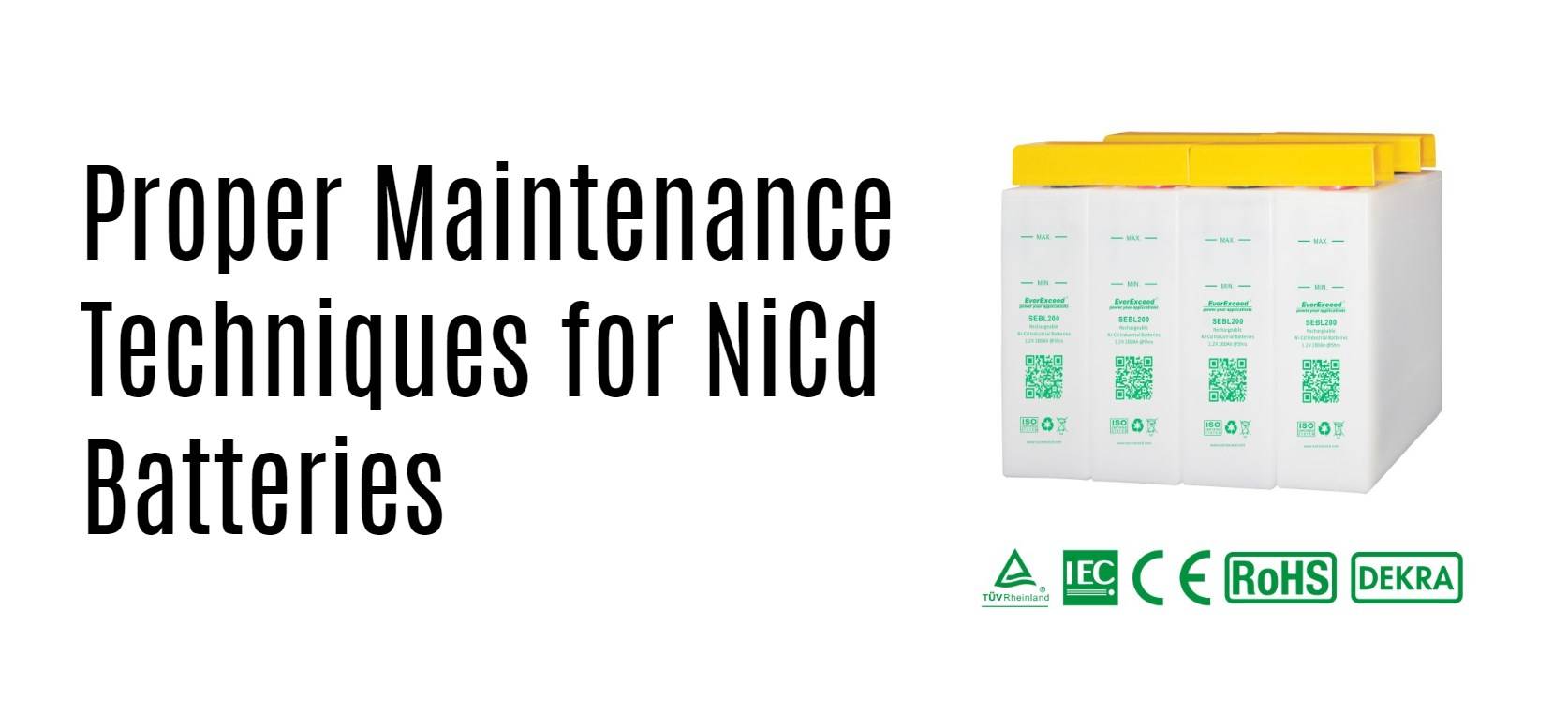- Rack-mounted Lithium Battery
- Golf Cart Lithium Battery
-
Golf Cart Lithium Battery
- 36V 50Ah (for Golf Carts)
- 36V 80Ah (for Golf Carts)
- 36V 100Ah (for Golf Carts)
- 48V 50Ah (for Golf Carts)
- 48V 100Ah (Discharge 100A for Golf Carts)
- 48V 100Ah (Discharge 150A for Golf Carts)
- 48V 100Ah (Discharge 200A for Golf Carts)
- 48V 120Ah (for Golf Carts)
- 48V 150Ah (for Golf Carts)
- 48V 160Ah (Discharge 100A for Golf Carts)
- 48V 160Ah (Discharge 160A for Golf Carts)
-
Golf Cart Lithium Battery
- Forklift Lithium Battery
- 12V Lithium Battery
- 24V Lithium Battery
- 36V Lithium Battery
- 48V Lithium Battery
-
48V LiFePO4 Battery
- 48V 50Ah
- 48V 50Ah (for Golf Carts)
- 48V 60Ah (8D)
- 48V 100Ah (8D)
- 48V 100Ah
- 48V 100Ah (Discharge 100A for Golf Carts)
- 48V 100Ah (Discharge 150A for Golf Carts)
- 48V 100Ah (Discharge 200A for Golf Carts)
- 48V 150Ah (for Golf Carts)
- 48V 160Ah (Discharge 100A for Golf Carts)
- 48V 160Ah (Discharge 160A for Golf Carts)
-
48V LiFePO4 Battery
- 60V Lithium Battery
-
60V LiFePO4 Battery
- 60V 20Ah
- 60V 30Ah
- 60V 50Ah
- 60V 50Ah (Small Size / Side Terminal)
- 60V 100Ah (for Electric Motocycle, Electric Scooter, LSV, AGV)
- 60V 100Ah (for Forklift, AGV, Electric Scooter, Sweeper)
- 60V 150Ah (E-Motocycle / E-Scooter / E-Tricycle / Tour LSV)
- 60V 200Ah (for Forklift, AGV, Electric Scooter, Sweeper)
-
60V LiFePO4 Battery
- 72V~96V Lithium Battery
- E-Bike Battery
- All-in-One Home-ESS
- Wall-mount Battery ESS
-
Home-ESS Lithium Battery PowerWall
- 24V 100Ah 2.4kWh PW24100-S PowerWall
- 48V 50Ah 2.4kWh PW4850-S PowerWall
- 48V 50Ah 2.56kWh PW5150-S PowerWall
- 48V 100Ah 5.12kWh PW51100-F PowerWall (IP65)
- 48V 100Ah 5.12kWh PW51100-S PowerWall
- 48V 100Ah 5.12kWh PW51100-H PowerWall
- 48V 200Ah 10kWh PW51200-H PowerWall
- 48V 300Ah 15kWh PW51300-H PowerWall
PowerWall 51.2V 100Ah LiFePO4 Lithium Battery
Highly popular in Asia and Eastern Europe.
CE Certification | Home-ESS -
Home-ESS Lithium Battery PowerWall
- Portable Power Stations
How to Care for Your NiCd Battery: Essential Tips and Best Practices

Caring for your nickel-cadmium (NiCd) battery is crucial to ensure its longevity and optimal performance. By understanding periodic discharge cycles, proper charging techniques, and storage practices, you can maximize the lifespan of your NiCd batteries. This article provides essential tips and best practices for maintaining your NiCd batteries effectively.
What is the importance of periodic discharge cycles for NiCd batteries?
Periodic discharge cycles are vital for maintaining the health of NiCd batteries. This process involves fully discharging the battery to around 1 volt per cell periodically, which helps prevent the memory effect—a condition where the battery “remembers” a lower capacity if not fully discharged regularly.To avoid this, incorporate periodic discharge cycles into your maintenance routine. However, it’s important not to overdo it, as excessive discharging can unnecessarily wear down the battery.
Chart: Periodic Discharge Cycle Recommendations
| Frequency | Action |
|---|---|
| Every 1 – 3 months | Fully discharge and recharge |
| Avoid daily cycles | Prevents excessive wear |
How can you maintain optimal health for your NiCd battery?
Maintaining optimal health involves several key practices:
- Regular Charging: Always use a charger specifically designed for NiCd batteries. Overcharging or undercharging can damage the battery.
- Avoid Deep Discharges: Try not to let the battery discharge below 20% of its capacity regularly.
- Clean Terminals: Regularly inspect and clean the terminals to prevent corrosion, which can hinder performance.
Chart: Maintenance Practices
| Practice | Recommendation |
|---|---|
| Regular Charging | Use compatible chargers |
| Avoid Deep Discharges | Recharge before dropping below 20% |
| Clean Terminals | Inspect and clean regularly |
What are the best storage practices for NiCd batteries?
Proper storage is essential for preserving battery performance:
- Temperature Control: Store NiCd batteries in a cool, dry place, ideally between 15°C (59°F) and 25°C (77°F).
- State of Charge: If storing for an extended period, discharge to about 40% capacity to minimize self-discharge.
- Humidity Control: Keep them in a low-humidity environment to prevent corrosion.
Chart: Storage Guidelines
| Storage Condition | Recommendation |
|---|---|
| Temperature | Store between 15°C – 25°C |
| State of Charge | Discharge to about 40% before long-term storage |
| Humidity | Maintain a dry environment |
How does temperature affect NiCd battery performance?
Temperature significantly impacts both performance and lifespan:
- High Temperatures: Excessive heat can accelerate degradation and reduce overall capacity.
- Low Temperatures: Cold conditions can lead to reduced capacity and increased internal resistance.
To maintain optimal performance, avoid exposing your batteries to extreme temperatures.
Chart: Temperature Effects on Performance
| Temperature Range | Impact on Battery |
|---|---|
| Above 35°C | Accelerated degradation |
| Below 0°C | Reduced capacity and performance |
| Optimal (15°C – 25°C) | Best performance and longevity |
What charging techniques should you follow to prolong battery life?
To prolong the life of your NiCd batteries, adhere to these charging techniques:
- Use Correct Chargers: Ensure chargers are designed specifically for NiCd chemistry.
- Avoid Overcharging: Use chargers with automatic shut-off features to prevent overheating.
- Charge at Room Temperature: Charging at room temperature helps maintain efficiency and longevity.
Chart: Charging Techniques
| Technique | Recommendation |
|---|---|
| Use Correct Chargers | Match charger specifications with battery type |
| Avoid Overcharging | Utilize chargers with automatic cutoff |
| Charge at Room Temperature | Optimal conditions enhance efficiency |
Industrial News
Recent advancements in battery technology focus on improving safety features in rechargeable batteries, including nickel-cadmium (NiCd) types. Manufacturers are developing smarter chargers that monitor temperature and charge levels in real-time, enhancing user safety while optimizing battery performance. These innovations aim to extend the lifespan of batteries while reducing environmental impact through better recycling processes.
Redway Power Insight
Understanding how to care for your NiCd batteries is essential for maximizing their lifespan,” states an industry expert. “By following proper charging techniques and maintenance routines, users can ensure reliable power delivery while extending their investment’s life.”
FAQ Section
Q1: How often should I fully discharge my NiCd battery?
A1: It’s recommended to perform a full discharge cycle every 1 to 3 months.Q2: Can I use any charger for my NiCd batteries?
A2: No, always use a charger specifically designed for NiCd chemistry.Q3: Is it safe to store my NiCd batteries in extreme temperatures?
A3: No, store them in a cool, dry place between 15°C – 25°C.Q4: What happens if I overcharge my NiCd battery?
A4: Overcharging can lead to overheating and reduced lifespan or damage.Q5: How can I tell if my NiCd battery needs replacing?
A5: If you notice significant drops in runtime or performance issues, it may be time for a replacement.













